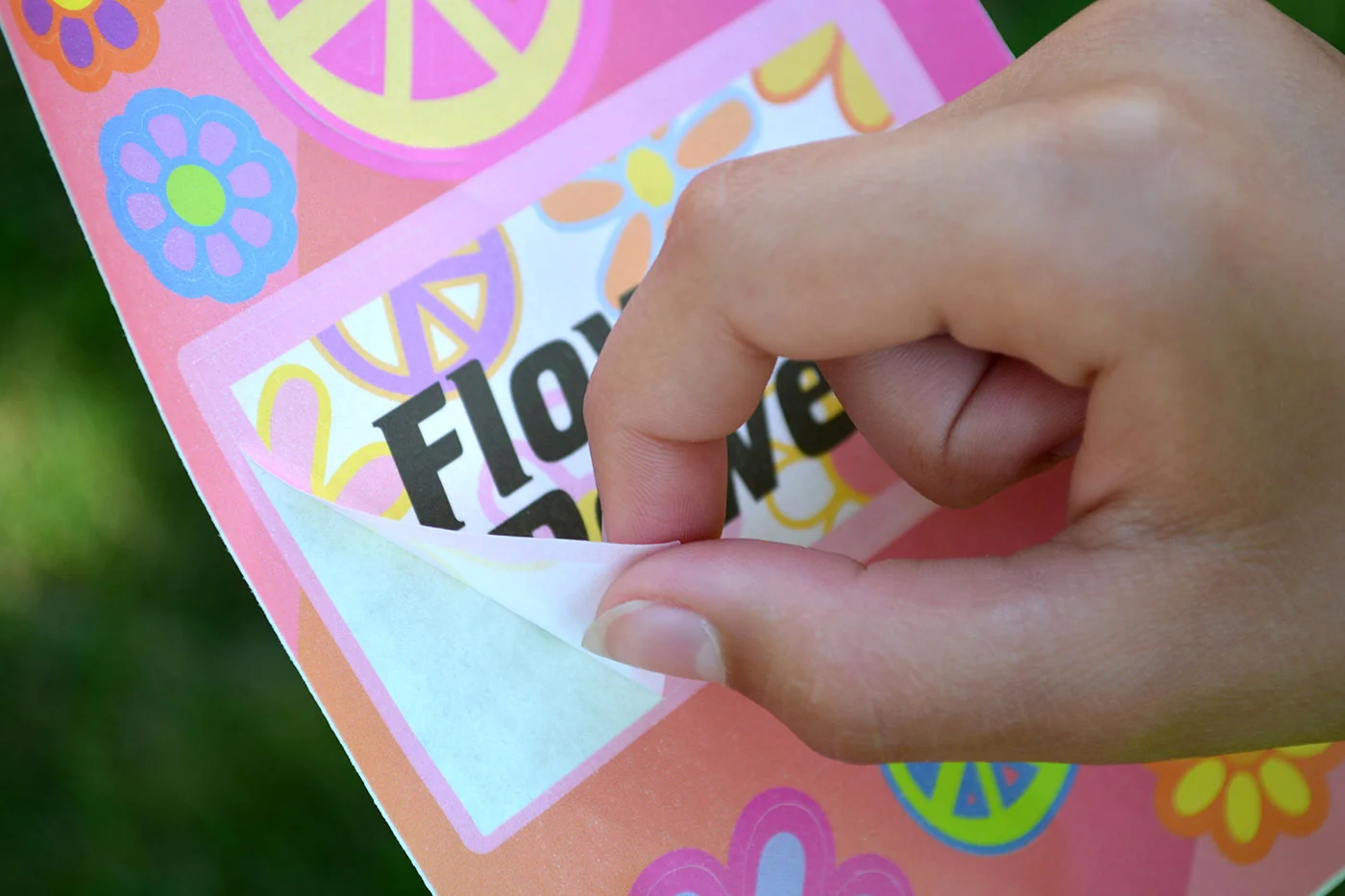Over the past several years, essential oils have become increasingly more popular with consumers around the world. In fact, the global market size of essential oils was estimated at over $17 billion in 2019 and is expected to reach $33 billion by 2027. Essential oils are dominating the market in a number of industries due to an increasing awareness of the benefits provided by natural, environmentally friendly ingredients.
From pharmaceuticals to home cleaning and health and beauty, consumers desire products they can feel good about using. This growing demand for natural, organic products has drastically increased the availability of essential oils on the market. So, how do you make sure your essential oil products stand out from the competition on the shelves?
Consumers primarily rely on packaging when making their purchasing decisions, so first impressions are crucial. Invest in high-quality custom labels that demand attention and clearly communicate product information.
RELATED ARTICLE: What Do Consumers Expect in a ‘Clean Label’?
Consider these three tips for making sure your essential oil label stands out:
Choose attractive, personalized labels. Enhance the shelf appeal of your product with striking customized labels that promote your brand. Century Label’s state-of-the-art digital printing technology can create precisely detailed images of superior quality with easy readability even in the smallest text. We use Pantone color-matching technology to ensure your product looks exactly the way you want and even feature a metallic foil option if you’d like to add some sparkle to your design.
Include clear, concise product information. Essential oils come from a variety of sources and may be used for many purposes, from ingestion to inhalation in aroma diffusers and topical application for skin and hair care. To make sure consumers are choosing the appropriate products, it is imperative that your labels feature simple, precise instructions about their ingredients and intended uses.
Make sure labels perfectly fit your essential oil containers. Even the most attractive, well-designed labels will fall short of expectations if they do not properly fit the product containers. Our shrink sleeve labels are perfect for essential oil packaging, as they conform precisely to the shape of any glass, plastic, or metal containers. We can also include perforated tamper-evident caps to guarantee the quality and safety of your products.
RELATED ARTICLE: 3 Tips for Boosting Your Marketing Strategy with Custom Labels
Essential oils provide a number of significant benefits to consumer health and well-being, without the synthetic dyes or fragrances found in most personal care products or the debilitating side effects resulting from conventional medicine. This market is showing no signs of slowing down, so make sure your company stands out from the competition. Visually appealing labels captivate consumers, invite them to learn more, and ensure they will remember your company.
Contact Century Label today to enhance the appearance and impact of your essential oils!



